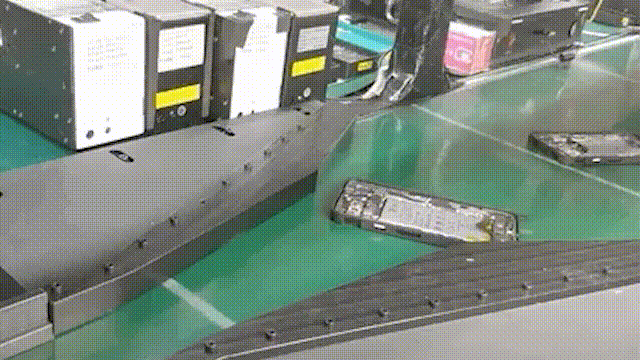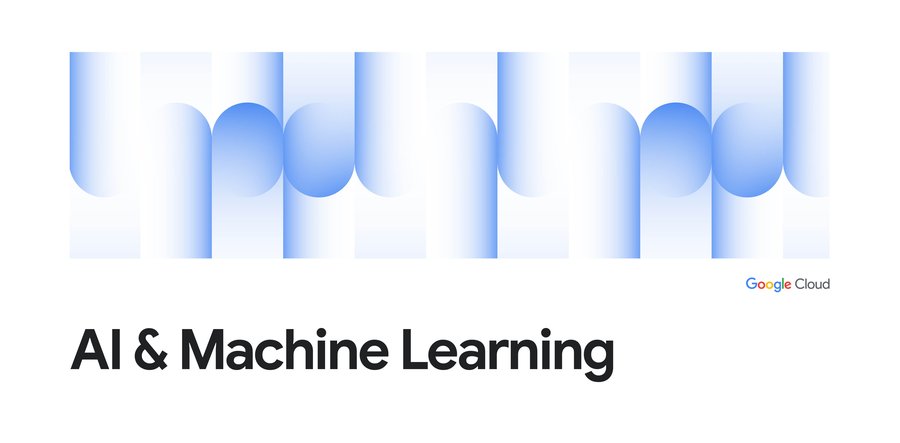Visual Inspection AI: a purpose-built solution for faster, more accurate quality control
Mandeep Wariach
Head of Product - Industrial AI, Google Cloud
Thomas Reinbacher
Product Manager - Visual Inspection AI, Google Cloud
Whether companies are manufacturing cars, semiconductor chips, smartphones, or food and beverages, production quality and yield are two of the industry’s top performance metrics. Poor production quality control results in significant operational and financial costs in the form of reworked parts, scrap generated, reduced yield, increased work in process inventory, post-sale recalls, warranty claims, and repairs.
In fact, the American Society for Quality estimates that for many organizations this cost of quality is as high as 15-20% of annual sales revenue, or billions of dollars annually for larger manufacturers.
To help manufacturers more accurately and cost-effectively perform production quality inspections, we’re pleased to announce the launch of Google Cloud’s new Visual Inspection AI solution, which has been purpose-built for the industry with our best artificial intelligence (AI) and computer vision technology to solve this problem at production scale.
The problem with existing visual inspection approaches
Manufacturing processes typically include one or more steps where the product is visually inspected for defects. Typically, visual inspection is a highly manual process that can be time consuming and prone to errors. Over the years, rule-based visual inspection machines have also emerged.
However, each approach has drawbacks:
Manual inspection is subject to operator perception and experience, which impacts consistency.
Traditional inspection machinery needs to be programmed, is not flexible, and cannot adapt to product changes.
Existing machine vision-based inspection can only detect a handful of defects at a time.
The manufacturing industry is no stranger to innovation, from the days of mass production, to lean manufacturing, to six sigma and, more recently, to enterprise resource planning. Artificial intelligence (AI) promises to bring even more innovation to the forefront. On paper, there are multiple benefits of using AI:
Reduced cognitive load for operators, less defects slipped
No programming required, adapts to product changes
Detect hundreds of areas of interests on a product in seconds
Before COVID-19, many manufacturers were stuck in “pilot purgatory” when it came to their AI- and ML-based projects, as they were not seeing sufficient business value from their investments. However, new research from Google Cloud—which polled more than 1,000 senior manufacturing executives across seven countries—indicates that 76% have now turned to digital enablers such as data and analytics, cloud, and AI.
Introducing Visual Inspection AI
The Google Cloud Visual Inspection AI solution automates visual inspection tasks using a set of AI and computer vision technologies that enable manufacturers to transform quality control processes by automatically detecting product defects.


We built Visual Inspection AI to meet the needs of quality, test, manufacturing, and process engineers who are experts in their domain, but not in AI. By combining ease of use with a focus on priority uses cases, customers are realizing significant benefits compared to general purpose machine learning (ML) approaches:
Run autonomously on-premises: Manufacturers can run inspection models at the network edge or on-premises. The inspection can run either in Google Cloud or fully autonomous on your factory shop floor.
Short time-to-value: Customers can deploy in weeks, not the months typical of traditional machine learning (ML) solutions. Built for process and quality engineers, no computer vision or ML experience required. An interactive user interface guides users through all the steps.
Superior computer vision and AI technology: In production trials, Visual Inspection AI customers improved accuracy by up to 10x compared with general purpose machine learning approaches, according to benchmarks from several Google Cloud customers. It can detect the tiniest defects by supporting ultra-high resolution images (up to 100M pixels) and computer vision technology that Forrester ranked as the leader in the industry.
Get started quickly, with little effort: Visual Inspection AI can build accurate models with up to 300x fewer human-labeled images than general purpose ML platforms, based on pilots run by several Google Cloud customers. Legacy solutions require thousands of expensive labeled images of both defect and non-defect patterns.
Goes beyond anomaly detection: Unlike competing solutions that use simple anomaly detection, Visual Inspection AI’s deep learning allows customers to train models that detect, classify, and precisely locate multiple defect types in a single image. This allows follow-up tasks on the production line to be triggered automatically and without human intervention.
Highly scalable deployment: Manufacturers can flexibly deploy and manage the lifecycle of ML models, scaling the solution across production lines and factories.
Industry use cases
The Visual Inspection AI demo shows how it addresses use cases to solve specific quality control problems in industries such as:
Automotive manufacturing: Paint shop surface inspection, body shop welding seam inspection, press shop inspection (scratch, dents, cracks, staining), foundry engine block inspection (cracks, deformation, anomaly)
Semiconductor manufacturing: Wafer level anomaly and defect localization, die crack inspection, pre-place inspection, SoC packaging inspection, board assembly inspection
Electronics manufacturing: Defective or missing printed circuit board (PCB) components (screw, spring, foam, connector, shield, etc.), PCB soldering and gluing (insufficient solder, Icicle, shift, exceeding tin, etc.), product surface check (glue spill, mesh deformation, scratches, bubbles, etc.)
General-purpose manufacturing: Packaging and label inspection, fabric inspection (mesh, tear, yarn), metal and plastic welding seam inspection, surface inspection
Customers already driving value from Visual Inspection AI
FIH Mobile, a subsidiary of Foxconn, is the global leader in handset and wireless communications manufacturing and services, and evaluated Visual Inspection AI earlier this year. “It’s been amazing to work with Google Cloud to bring innovative machine learning and computer vision technologies to our quality processes,” said Sabcat Shih, Senior Associate Manager at FIH Mobile. “Engineers from FIH Mobile trust Google Cloud and we are achieving considerable product improvements through our collaboration with your teams. We cannot wait to roll the Assembly Inspection solution further across our extensive PCB manufacturing operations.”
Kyocera Communications Systems, a system integrator that offers various IT solutions, has been able to scale its AI and ML expertise through the use of Visual Inspection AI. “With the shortage of AI engineers, Visual Inspection AI is an innovative service that can be used by non-AI engineers,” said Masaharu Akieda, Division Manager, Digital Solution Division, KYOCERA Communication Systems. “We have found that we are able to create highly accurate models with as few as 10-20 defective images with Visual Inspection AI. We will continue to strengthen our partnership with Google to develop solutions that will lead our customers' digital transformation projects to success.”
Getting started with Visual Inspection AI
Visual Inspection AI is a powerful solution to help manufacturers improve their production quality control processes. To learn more about the Visual Inspection AI solution capabilities and use cases, visit the solution webpage and watch this demo.




